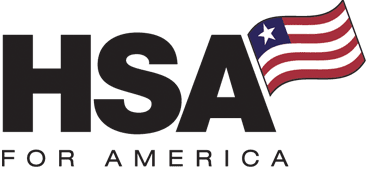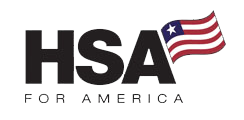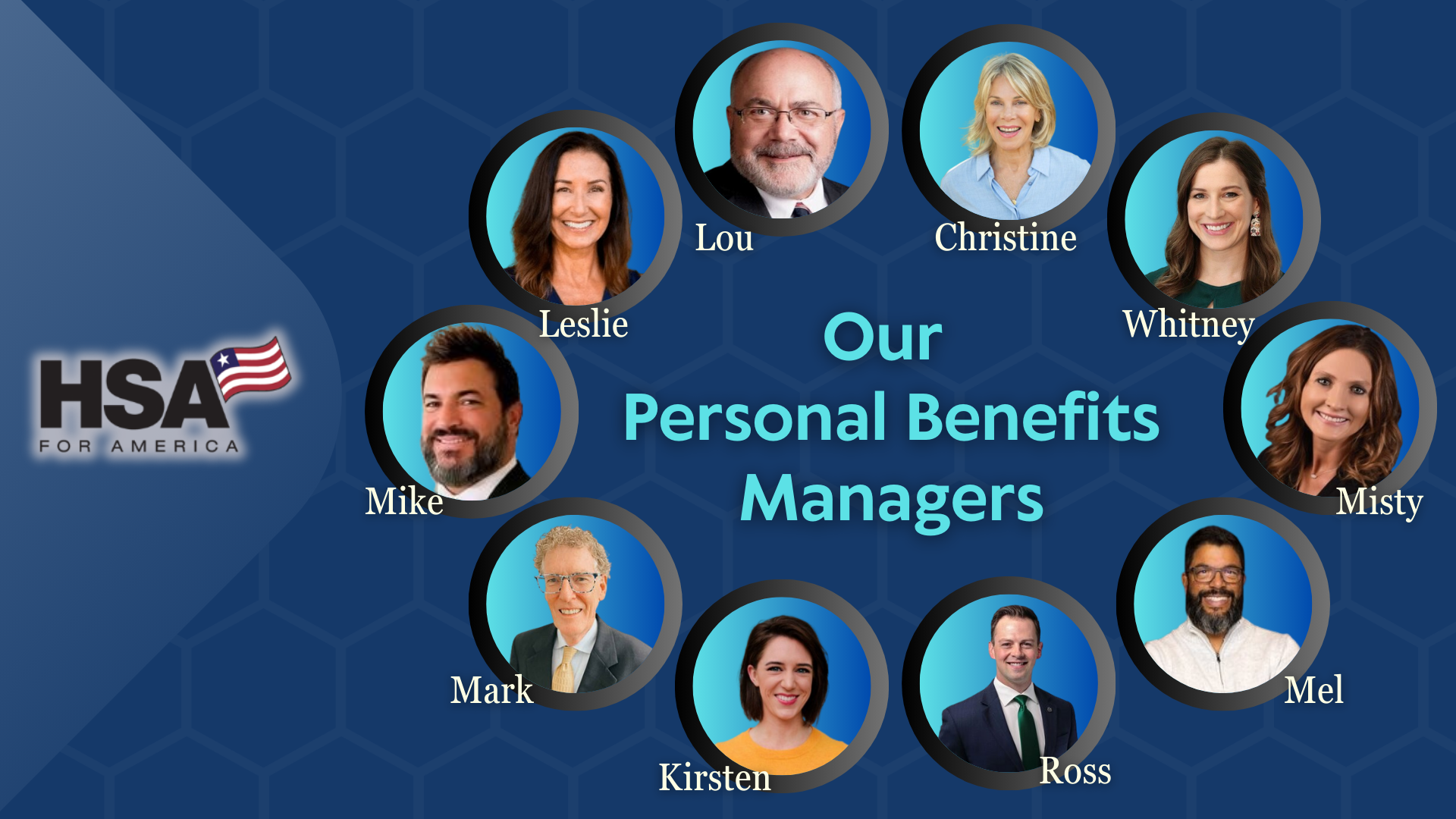In today’s competitive job market, companies offering top employee benefits stand out, attracting and retaining the best talent.

Top Employee Benefits
Employees now expect comprehensive, high-quality benefits packages that address their diverse needs for healthcare, life insurance, childcare assistance, and more.
Organizations that fail to live up to these expectations are rapidly losing employees to their competitors. According to one study, 56% of employees say employer-sponsored health benefits can influence whether they choose to stay with a company or leave.
Here’s your guide to the employee benefits you can’t afford to overlook this year.
Comprehensive Health Benefits Remain Crucial
Health insurance remains the most valued employee benefit.
Employees across every age group in a LIMRA study ranked medical coverage as one of the most important benefits any employer can offer. More than 70% of millennial, Gen X, and Baby Boomer employees ranked medical insurance as their top priority.
However, many employees are looking for more than “one-size-fits-all” insurance. Successful employers are beginning to offer layered strategies to cater to different life stages and requirements.
Options commonly include High Deductible Health Plans (HDHPs) with employer-funded Health Savings Accounts (HSAs), traditional Preferred Provider Organizations (PPOs) for those who prefer lower deductibles, and access to telehealth services for mental health and primary care.
Some of the most compelling benefits are often those that employees don’t know they need, such as hospital/accident insurance or critical illness coverage.
After all, nearly half of the employees surveyed in one report said they had delayed or skipped getting medical treatment due to costs.
Dental and Vision Coverage: Now Expectations
Dental and vision benefits are no longer considered “nice-to-have” options.
These benefits are becoming expected, baseline offerings that employees look for as soon as they receive their benefits summary.
This shift towards including dental and vision coverage in top employee benefits packages builds on the growing demand for more “preventive care” options.
In fact, according to the LIMRA study mentioned above, dental and vision insurance ranked just below medical insurance in the list of key benefits that employees prioritized.
Modern dental plans can provide comprehensive coverage for routine cleanings, a range of orthodontic services, and even cosmetic treatments. Meanwhile, vision plans typically cover annual eye exams, corrective lenses, and discounts on elective procedures like LASIK.
If you haven’t already bundled dental and vision into your core benefits, consider adding them as part of a Section 125 cafeteria plan for added tax advantages.
Life Insurance: Still Among the Top Employee Benefits
A single accident or unexpected illness can change everything.
Life insurance protects employees’ loved ones financially if the unthinkable happens. Yet many organizations stop at a basic $50,000 group term policy, often because that’s the maximum tax-free amount under IRS Code 7702.
Carriers like Colonial Life and AFLAC have introduced group life plans that go up to $400,000 or more, often with streamlined underwriting. Spousal and dependent coverage is also available. Employers can even structure these plans so the base amount is company-paid, while employees can “buy up” additional protection.
Beyond dollars, this shows employees you have their backs when it matters most.
Disability Insurance: The Underrated Top Employee Benefit
Disability insurance is often overlooked, but vital.
Studies indicate that one in four Americans may become disabled before reaching retirement. However, only 1 in 20 disabilities are paid for with workers’ comp.
Despite this risk, most workers don’t have private disability coverage.
Employers offering both short- and long-term disability plans create a safety net:
- Short-term disability: Covers partial income for up to 6 months
- Long-term disability: Continues income replacement, often at 60%, for years
In some cases, disability insurance can accelerate return-to-work programs and can include rehabilitation and counseling services, helping employees get back on their feet.
When employees know they have disability coverage, it reduces stress levels, improves retention, and fosters goodwill. That security is invaluable.
Health Sharing Plans and HSA Contributions
Some employees want a healthcare model that goes beyond traditional insurance.
Health sharing plans pool funds among members to pay medical bills. These work well for healthy employees or freelancers, but they aren’t insurance. Education is key.
These programs are particularly attractive to younger, healthier individuals who don’t anticipate frequent medical needs. They can also be appealing to freelancers or remote workers with limited healthcare options.
However, these are not insurance plans and don’t guarantee payments in the same way. Employers offering health sharing as an option should educate employees thoroughly.
Another option is for employers to contribute to HSA accounts.
A Health Savings Account (HSA) is a tax-advantaged way for employees to set aside money for out-of-pocket healthcare expenses. It pairs with a High Deductible Health Plan (HDHP), which generally offers lower monthly premiums but higher deductibles.
This arrangement can save employers on premium contributions and lower payroll taxes when set up through a Section 125 cafeteria plan.
Employees can use HSA funds to pay for doctor visits, prescriptions, and even dental or vision expenses in many cases. HSA balances roll over from year to year, building a healthcare safety net. Employers that contribute to these accounts—whether it’s $500 or $1,000 annually—demonstrate tangible support for their employees’ health costs.
These contributions also encourage participation in HDHPs, which reduces overall spending on plan premiums.
Childcare Benefits: Supporting Families
Childcare gaps cost U.S. businesses over $10 billion yearly in lost productivity.
Support options include:
- On-site childcare or partnerships with local providers
- Dependent Care FSAs for tax-free childcare spending
- Emergency care benefits for unexpected needs
Implementing childcare benefits doesn’t just help parents. When employees don’t feel torn between home responsibilities and work obligations, they’re more focused and committed.
Flexibility, Work-Life Balance, and Remote Opportunities
In the modern workplace, flexibility is essential.
After the shifts in workforce dynamics brought on by global events in the early 2020s, remote and hybrid work are no longer niche benefits- they’re expected.
Companies embracing remote and hybrid models attract top-tier talent across regions. These arrangements also cut commuting costs, free up office space, and often boost productivity.
According to one report, the ability to work remotely or choose when to visit the office ranks just as high as top employee benefits like higher 401(K) matches.
Popular flexible options:
- Remote or hybrid work setups
- Compressed workweeks or job sharing
- Unlimited PTO (works best for output-based roles)
Unlimited PTO isn’t always the best fit for every industry or role. Certain customer-facing or production-based positions might need more structure. However, unlimited vacation can be a compelling perk that signals respect and autonomy for knowledge workers, creative professionals, and roles where productivity is measured by output rather than hours.
Trusting employees with autonomy builds loyalty and satisfaction.
Compare Pricing on the Best HealthShare Plans Available
Student Loan Assistance Payments (SLAP)
Student debt is a major concern for many younger workers, creating massive stress.
Millennials and Gen Z workers are the largest segments of the labor force now, and many carry significant student debt. The CARES Act introduced provisions that allow employers to contribute up to $5,250 per year toward employees’ student loans without increasing the employee’s taxable income.
By providing direct monthly contributions to student loan balances or matching employees’ payments, companies show their team members they value their financial well-being.
Employees unburdened by debt often have better mental health and are more likely to use discretionary income for personal and professional development.
Despite the costs, offering student loan assistance can significantly improve retention. It sets you apart in a crowded market, especially when competing for recent graduates or specialized professionals with advanced degrees.
Cafeteria Plans (Section 125): Hidden Savings for Everyone
A single plan can reduce taxes for both employers and employees.
A Section 125 cafeteria plan allows workers to pay for certain benefits, like health insurance premiums, Flexible Spending Accounts (FSAs), or Health Savings Accounts (HSAs), with pre-tax dollars.
This arrangement lowers employees’ taxable income while also reducing your payroll tax liability. Over a year, those savings can be significant for both parties.
Beyond tax advantages, cafeteria plans let employees customize their benefits. They can opt into coverage that suits their lifestyle, whether it’s dependent care, additional life insurance, or even commuter benefits in some cases.
That flexibility boosts satisfaction and ensures people only pay for what they truly need.
Offer the Top Employee Benefits in 2025
Competitive benefits packages are crucial to attracting and retaining today’s employees.
The days when a basic health plan and a 401(k) matched at 3% aren’t enough to attract top-tier professionals anymore. Candidates now compare offerings meticulously. If your competitor offers robust life insurance, disability coverage, student loan assistance, and childcare subsidies, and you don’t, you miss out on the best hires.
Even existing employees can be tempted to leave if they perceive a better package elsewhere. Today, everyone needs a stronger sense of security.
Don’t lose your employees because of a poor benefits package.
Contact a Personal Benefits Manager today, and discover how you can implement the most competitive benefits into your package, building employee trust and retention.
For Further reading:

Hi! I’m Misty Berryman, and I’m one of your Personal Benefits Managers. I like working with HSA for America because we’re creating solutions to healthcare problems. Our focus on money-saving alternatives like HSA plans and health sharing programs, and the variety of health share programs we offer, are what set us apart. Read more about me on my Bio page.



